Emailing Excel Sheet Portions: A Simple Guide
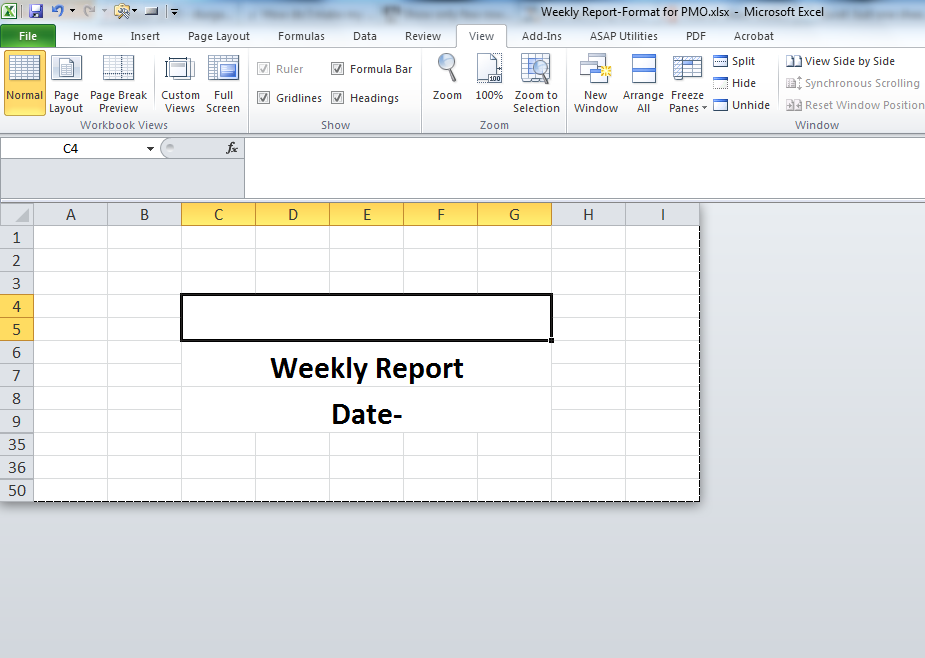
Why Email Portions of an Excel Sheet?

In today's fast-paced business environment, it's crucial to communicate information efficiently and effectively. Often, a complete Excel sheet, filled with extensive data, is unnecessary for the recipient's immediate needs. By sending only the relevant parts, you enhance readability, reduce clutter, and maintain privacy for the other sections of your data. This guide outlines several ways to email only portions of your Excel sheets, ensuring your recipients get exactly what they need, in the simplest way possible.
Excel's Built-in Sharing Features

Excel comes with built-in features that allow you to share specific parts of your workbook:
- Named Ranges: Create named ranges for the portions you want to share. Go to Formulas > Define Name to set this up.
- Table Creation: Converting your data into tables makes it easier to manage and share. Use Insert > Table to create a table from your selection.
- Email as Attachment: Select the specific sheet or range, then use File > Share > Email to send it as an attachment.
How to Email Specific Sheets or Ranges

Here's a quick guide on how to email just what you need:
- Open your Excel workbook.
- Select the range of cells you wish to share.
- Navigate to File > Share > Email.
- Choose Send Sheet(s) to email just that sheet or Send Range for the selected cells.
💡 Tip: If you send a range, ensure the ranges are named or part of a table to maintain structure in the emailed content.
Using Online Services for Emailing Specific Portions
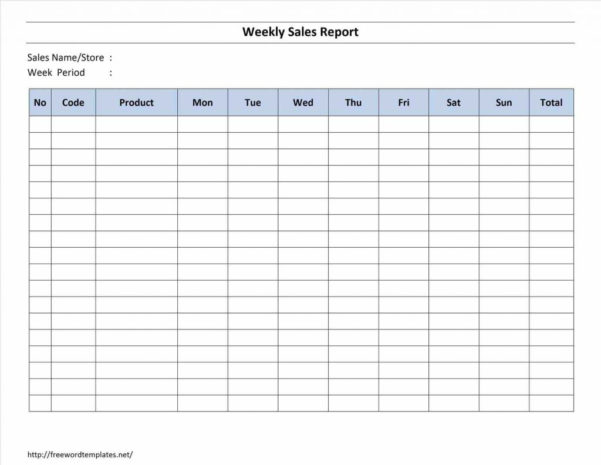
If Excel's built-in features don't meet your needs, or you're working with different software, consider these online solutions:
- Google Sheets: Convert your Excel file to Google Sheets for collaboration features. You can share links to specific sheets or ranges.
- File Conversion Services: Convert your Excel file to PDF, then share the specific pages or portions you need.
- Online Spreadsheet Editors: Use tools like Zoho Sheet or Microsoft Excel Online, which allow for more granular sharing options.
Online Conversion Steps
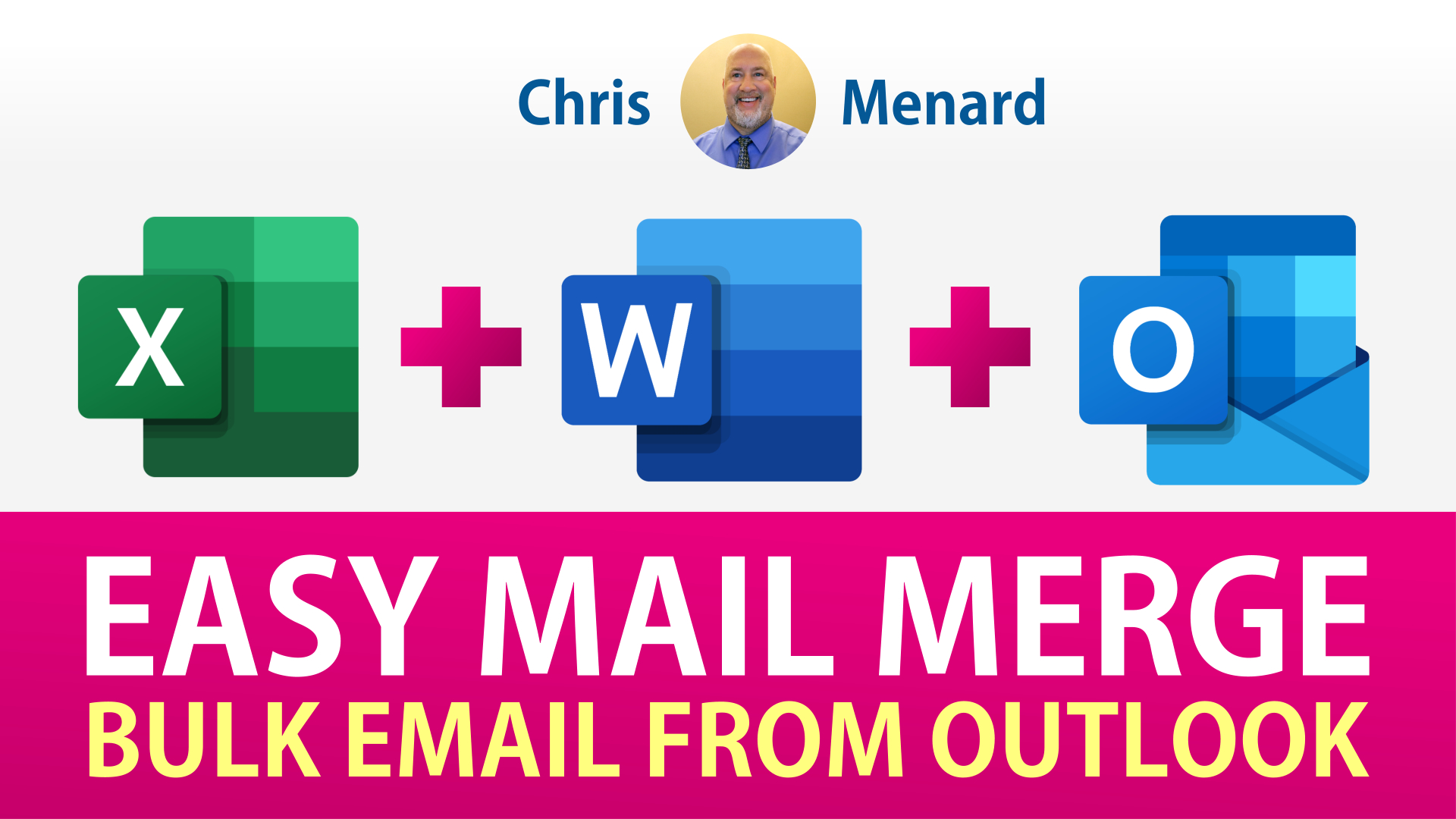
To convert and share Excel sheets online:
- Upload your Excel file to the online service.
- Select the part of the workbook you want to share.
- Choose the format for conversion (e.g., PDF, Google Sheets).
- Share the converted file, ensuring you only share what's necessary.
💼 Note: When using online services, ensure you consider data privacy and security before sharing sensitive information.
Manual Workaround
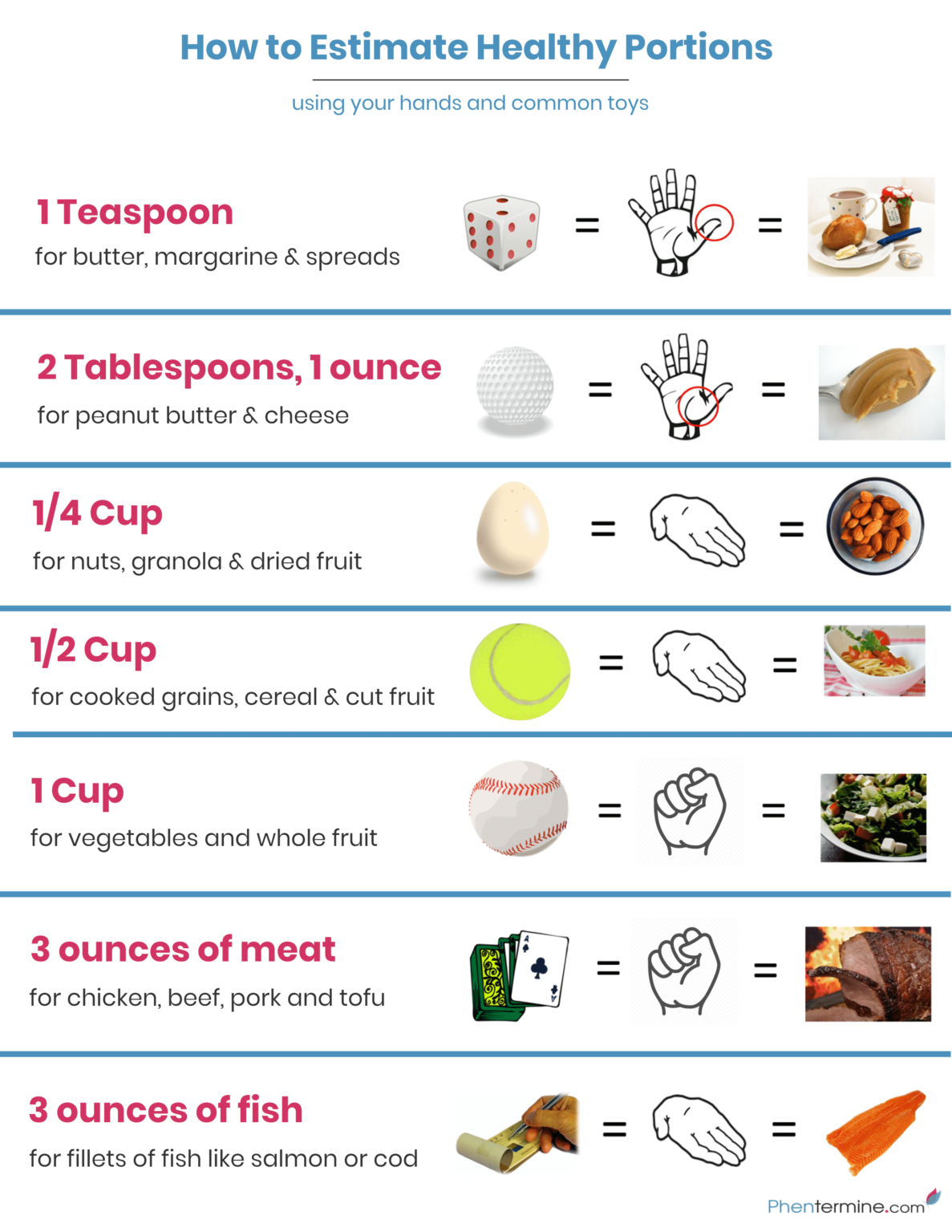
If you prefer a straightforward, manual approach, here's how you can manually share portions of an Excel sheet:
- Open your Excel workbook and select the range of cells you want to share.
- Copy the selected cells (Ctrl+C).
- Open a new document or email body and paste the cells (Ctrl+V).
- Adjust formatting as necessary to fit within the email context.
Efficiency Tips for Emailing Excel Sheets

- Use named ranges or tables for quick selection.
- Consider using templates for frequently sent Excel data.
- Learn keyboard shortcuts to speed up the sharing process.
- Consider the recipient's perspective - send only what's relevant.
In summary, there are several ways to efficiently share only portions of an Excel sheet. From using Excel's own features to leveraging online services or manual methods, you have options tailored to your workflow and security needs. Each approach has its benefits, allowing you to choose what fits best for both efficiency and privacy considerations. Remember to always respect data privacy and to use tools that maintain the integrity of your work.
Can I send only part of an Excel sheet using Excel’s features?

+
Yes, you can send specific sheets or ranges by using the ‘Share’ and ‘Email’ options within Excel.
What are the risks of using online services to share Excel data?
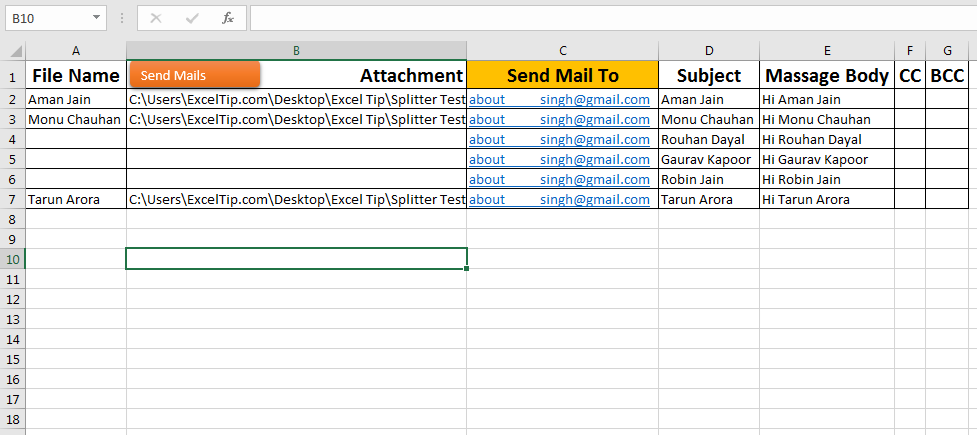
+
Using online services can pose risks like data breaches or unauthorized access, so ensure you use secure, reputable services and follow best practices for data protection.
Are there privacy concerns when sharing parts of Excel sheets?

+
Absolutely, especially if the data includes sensitive or confidential information. Always share with caution and consider security settings.